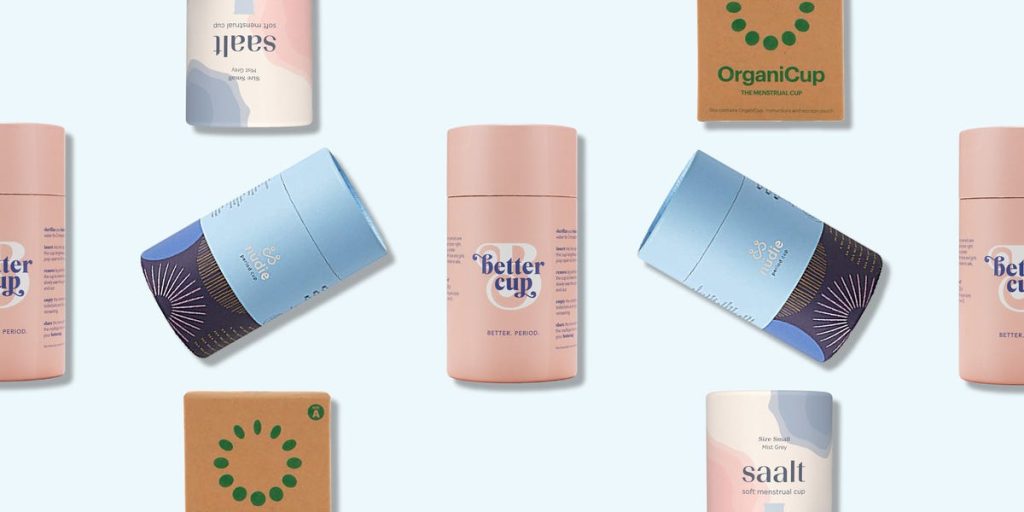When it comes to enhancing our beauty routines, many of us are eager to adopt sustainable practices, swapping single-use cotton pads for washable alternatives or reducing water consumption. However, an often-overlooked area in sustainability discussions is period pollution, which poses a significant environmental challenge. In the UK alone, approximately 2.5 million tampons and 1.4 million sanitary pads are disposed of daily, contributing to a staggering amount of waste. Enter the menstrual cup, a modern solution that’s both eco-friendly and economical. Unlike traditional products, a single menstrual cup can last for up to ten years with proper maintenance, reducing both the waste generated during menstrual cycles and the financial burden associated with monthly sanitary product purchases.
One of the defining advantages of menstrual cups is their capacity. They can hold more blood than typical tampons or pads, allowing users to make fewer trips to the restroom for changes. This feature is particularly beneficial during busy days or nighttime when sleep is paramount. Moreover, menstrual cups are generally comfortable and can be utilized for up to twelve hours, far exceeding the duration of many disposable options. Their unique, flexible design means they sit just below the cervix to provide both security and comfort, making them an excellent choice for a range of activities, from exercise to swimming.
While the initial investment for a menstrual cup may surpass the cost of tampons or pads, the long-term savings are undeniable. An average person in the UK spends around £128 annually on sanitary products. In contrast, a menstrual cup typically costs about £20 and, with diligent care, can serve effectively for up to a decade. The environmental advantage is monumental; by switching to menstrual cups, you would significantly diminish the waste that typically ends up in landfills or is flushed down toilets. It’s estimated that the use of menstrual cups could help eliminate around 200,000 tonnes of waste each year. Additionally, their lightweight and discreet design eliminates the bulkiness often associated with pads, providing wearers confidence while being active.
To help guide your choice, our testing panel evaluated nine of the most popular menstrual cups based on feedback from 110 testers. The assessment examined comfort, ease of insertion and removal, as well as leakage protection. Testers also rated the clarity of the product instructions and their comfort level while wearing the cup during various activities, including public outings. This thorough testing revealed some standout options in the market, which cater to different needs and preferences.
At the top of our list is the Saalt Soft Menstrual Cup, which is designed with both human and planetary health in mind. Most testers were impressed by its leak-proof protection and comfort, with the ability to hold up to three tampons’ worth of liquid. Users can confidently rely on it for extended periods, freeing them to engage fully in their daily lives without concern. The Saalt cup is available in different sizes to accommodate various body types and stages of life, including options for individuals pre-birth and post-birth.
For those who may be new to menstrual cups and uncertain about insertion, the BeYou Menstrual Cup is a fantastic option. Testers praised its user-friendly design, noting that it was easy to insert and didn’t cause discomfort, even for first-time users. Available in sizes suitable for different ages and life stages, this cup ensures that comfort and ease are prioritized, making the switch to a more sustainable period product much less intimidating.
As we continue to uncover the best options available, it’s clear that menstrual cups represent a significant step toward a more sustainable future in period care. They embody both personal health and environmental responsibility, allowing individuals to take control of their menstrual health while also making a positive impact on the planet.

